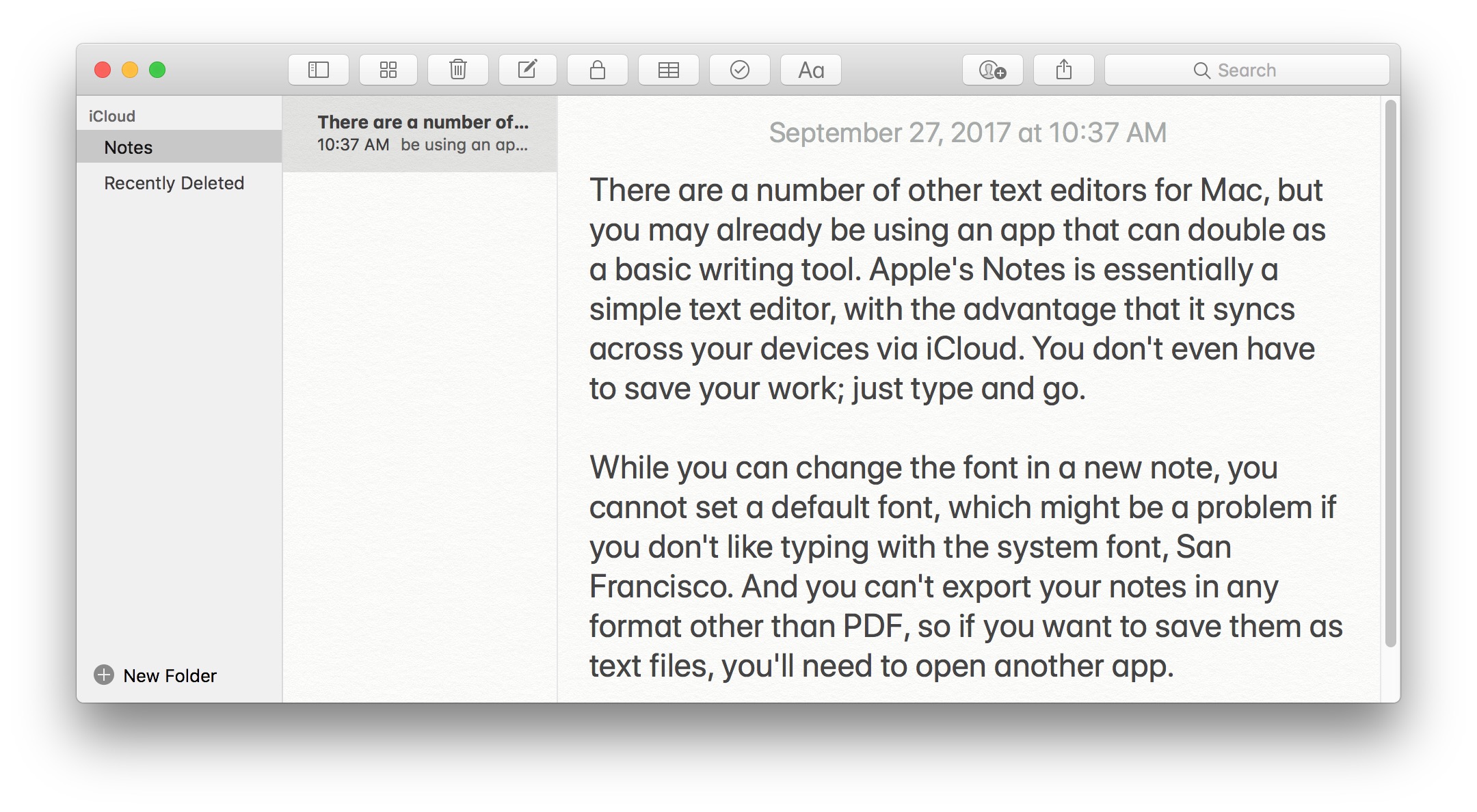



In laymen’s terms, that means that from a normal sitting distance, you can very much discern individual pixels given the right contrast. Sans-serif typefaces looked crisper in comparison, and thus the tendency to go with them for screen design.įor instance, The original iMac, sold from 1998 to 2003, had a 83ppi screen density (768 x 1024px on a 15" screen). As a result, Serif typefaces were understandably more blurry with the artifacts of anti-aliasing because they are prone to be denser. However, earlier display technology lacked sufficient density to properly display serifs like in print. This made such fonts the norm for early typography and print because they don’t particularly pose any issues there. You can definitely see how using such tools as opposed to a modern dry ink pen (ballpen) can influence your writing ( Read more on this paper by Keith Tam). Serifs can be traced back to the historical use of calligraphic tools such as the broadnib pen and the monoline pen to create letterforms. Microsoft, while it has been early to go serifless (Yes, that’s a word, and I’m trying to bring more people to use it), used Times New Roman as the default font on Word up until 2007 when it introduced the beautiful Calibri. Just like Apple, Google and Amazon used serif on their home pages. Why everyone uses sans-serifs?īelieve it or not, there was a time when the internet was a very serif place, some twenty years ago. Apart from Magazines such as Wired or the Guardian, and Fashion brands like Vogue, serifs seem to be forgotten on any major brand the internet. Take a look at WeWork for example, Even though they use a serif for their wordmark, they don’t have a single serif glyph on their website. although many have been going after modern fonts and sometimes proprietary typeface, everyone seems to agree to use sans-serifs. Tech startups and small companies are not any different. Saying that Sans-serif is king nowadays, would be an understatement. You can really see that they put thought and a lot of craftsmanship in IBM Plex Serif. IBM also didn’t forget about serifs in its new design language. They haven’t even received the Product-Sans treatment yet. But those pages haven’t seen a design refresh for ages. Since 2013 when it released Roboto Slab, it has been using it here and there on their product pages such as on Sheets and on Jamboard. Google Has been kinda sorta using serifs for quite a while now. So what does this release tell us about the state of internet typography, and is there something else that we can learn from this “not-so-surprising” release? Spoiler alert: there is, and it actually super exciting 😎! Apple is not the first to get back to Serifsīefore we get started, I feel the need to point out that Apple isn’t the first to get back to Serifs. So, in typical Apple fashion, it’s leading the way once again in the adoption of new design flavors that will inevitably become trendy among big tech and end-up as the new norm.


 0 kommentar(er)
0 kommentar(er)
